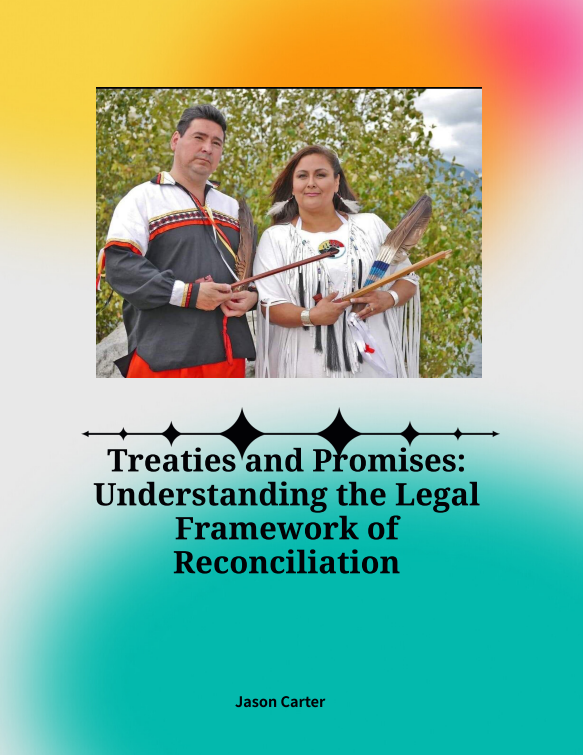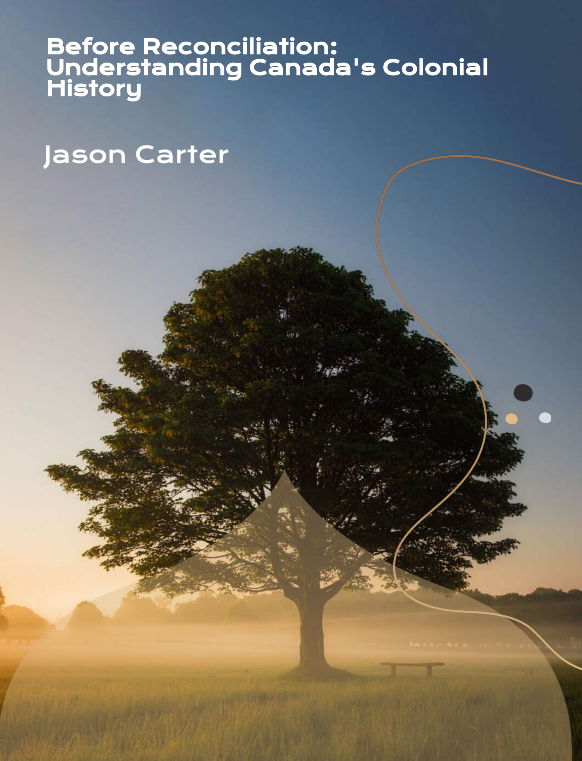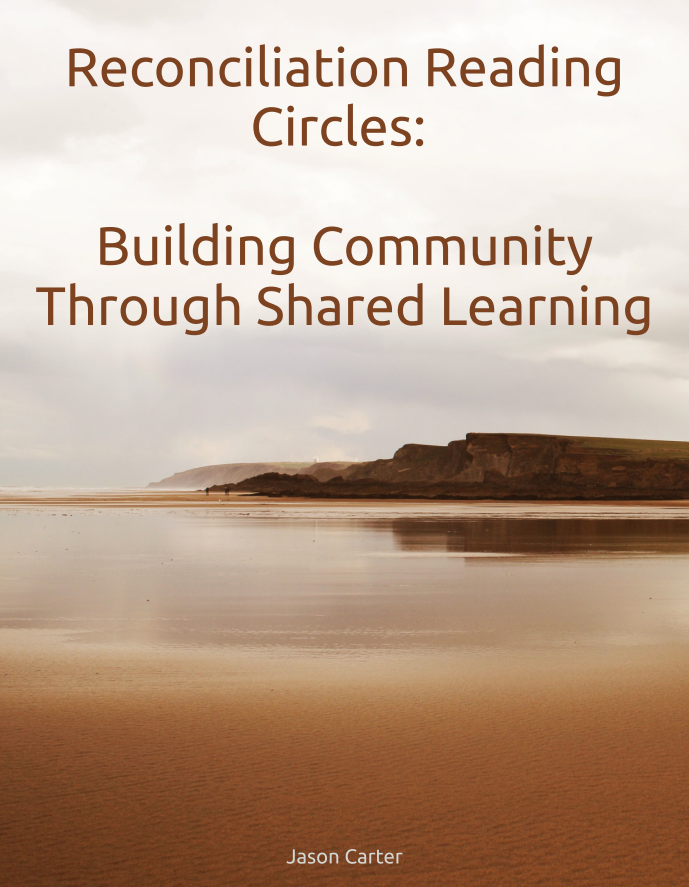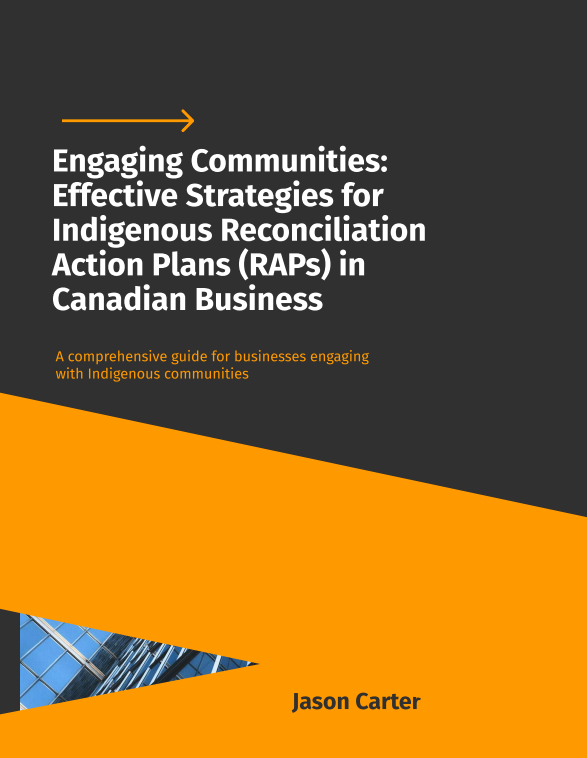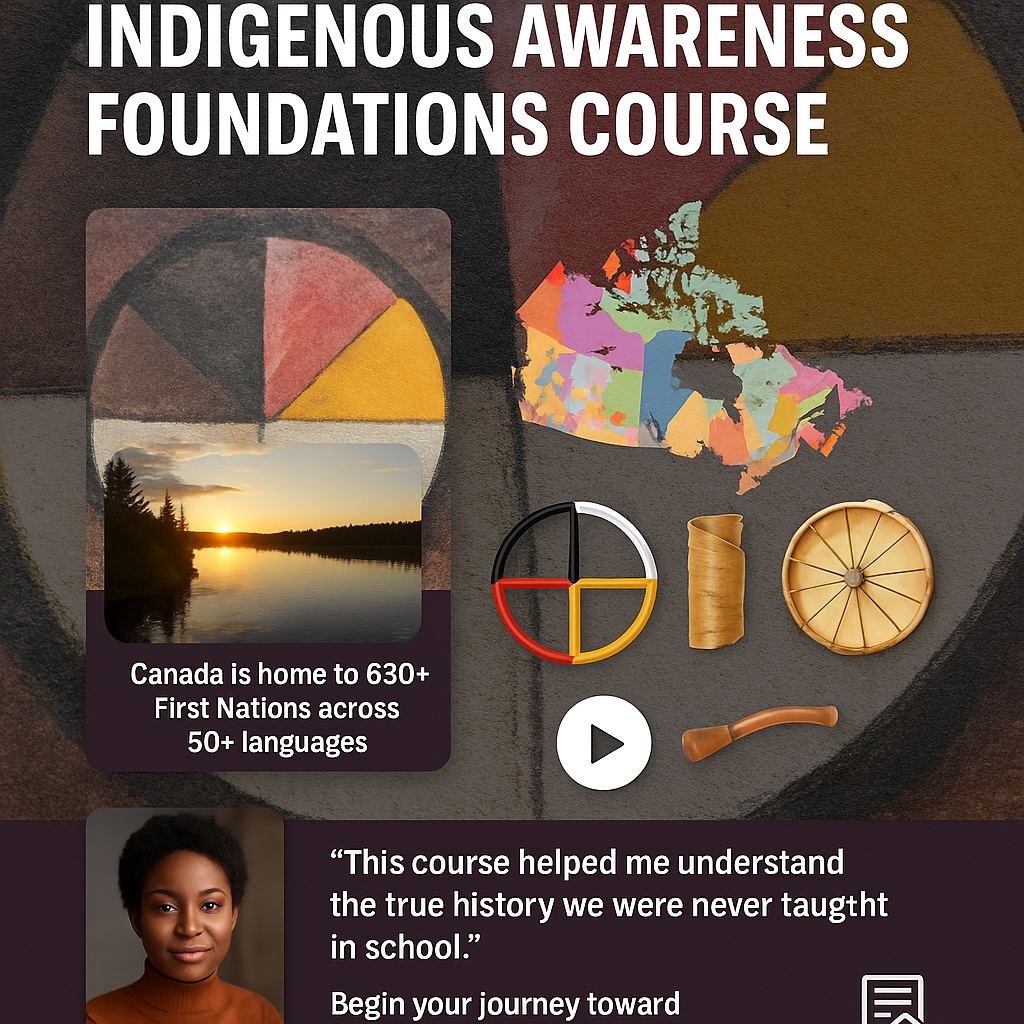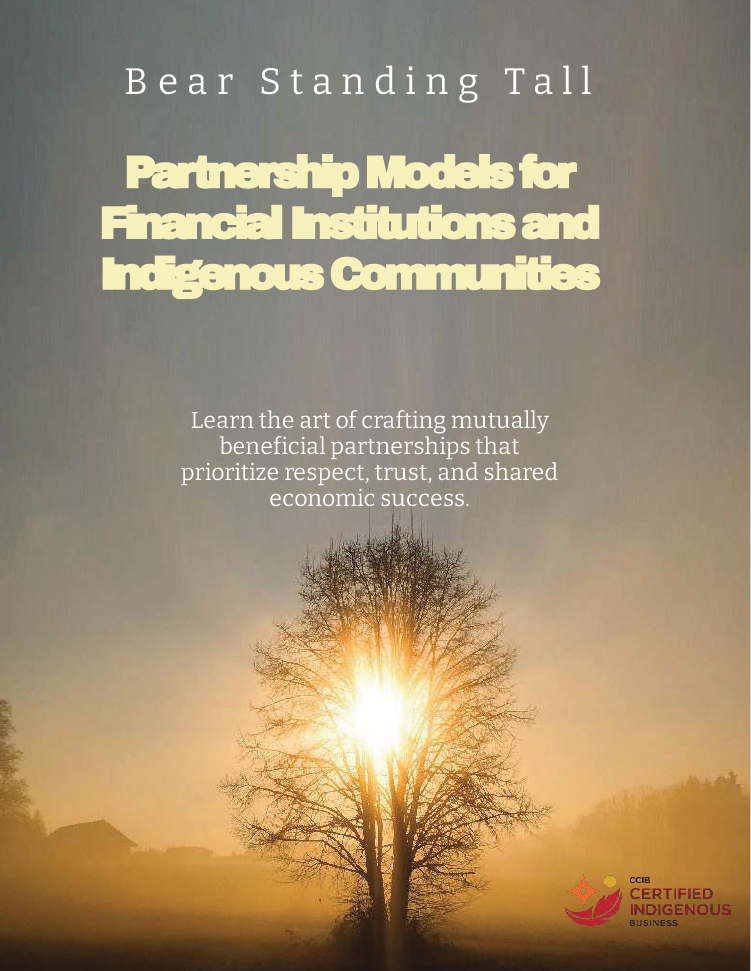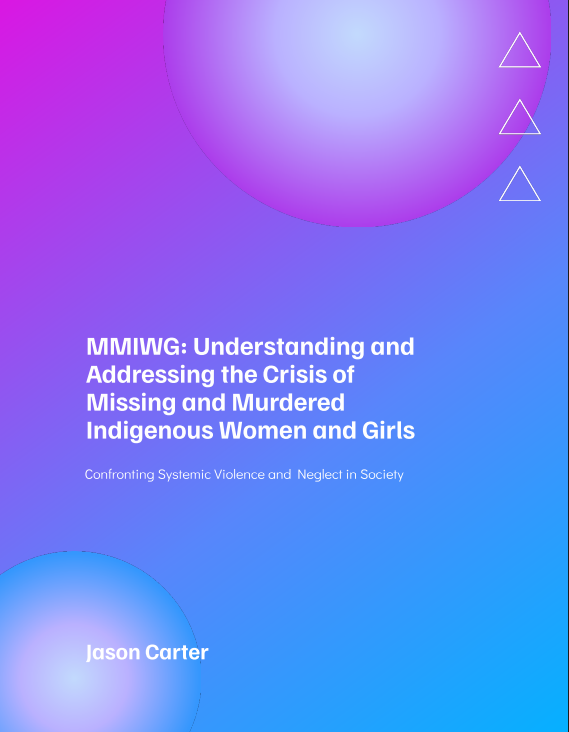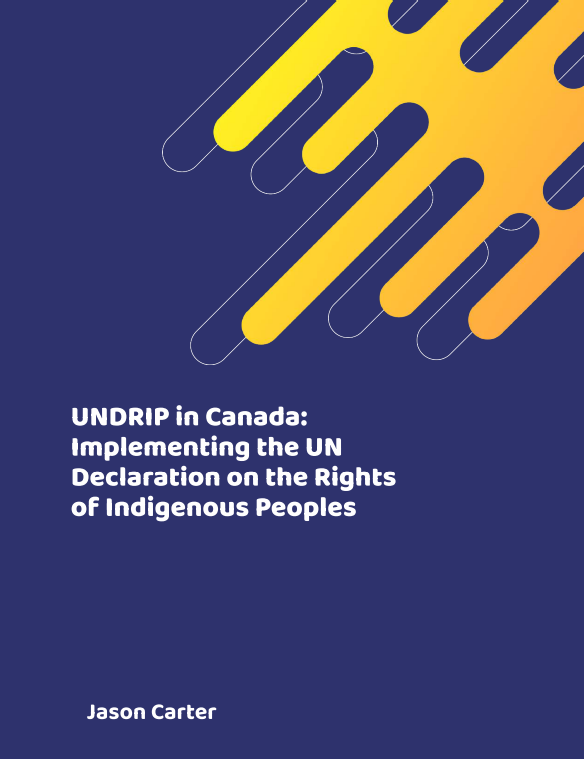
Intergenerational Trauma: Understanding the Lasting Impact of Residential Schools
Intergenerational Trauma: Understanding the Lasting Impact of Residential Schools is a concise yet comprehensive guide that illuminates how the legacy of Canada’s residential school system continues to affect Indigenous families and communities today. Authored by Jason Carter (Bear Standing Tall), this resource combines historical analysis, psychological insights, and practical healing approaches to support educators, corporate trainers, and community leaders in fostering genuine cultural awareness and reconciliation.
Key Features:
- Clear Historical Context: Six introductory chapters walk readers through the origins of residential schools, the forces of cultural erasure, and the systemic policies that disrupted Indigenous languages, traditions, and family bonds.
- In-Depth Analysis of Intergenerational Trauma: Chapters on psychological effects, trauma transmission patterns, and mental health challenges offer evidence-based explanations of how trauma can be passed from survivors to their descendants, manifesting as anxiety, depression, substance use, and fractured family dynamics.
- Holistic Healing Practices: The guide explores both traditional Indigenous healing methods—such as storytelling, ceremonies, land-based practices, and cultural revitalization—and contemporary therapeutic approaches (e.g., culturally adapted trauma-focused therapy, integrative mental health care). Real-world examples illustrate how communities have reclaimed cultural identity as a powerful step toward healing.
- Community & Educational Applications: Sections on educator training, curriculum development, and community-led initiatives provide practical frameworks for integrating intergenerational trauma education into schools, corporate workshops, and nonprofit programs. Emphasis is placed on trauma-informed pedagogy that honors Indigenous oral traditions, supports language revitalization, and empowers survivors to share their narratives.
- Tools for Cultural Revitalization: Detailed guidance on language reclamation, traditional ceremonies, arts-based expression, and storytelling strategies shows how cultural practices can counteract the effects of historical trauma. Case studies highlight successful community projects that blend elder-led teachings with youth engagement.
- Policy & Advocacy Roadmap: The final chapters outline how to translate knowledge of intergenerational trauma into policy changes—advocating for increased mental health funding, culturally safe services, and formal recognition of Indigenous healing practices. This section equips readers to champion systemic supports aligned with the Truth and Reconciliation Commission’s calls to action.
Who Should Read This:
- Corporate Trainers & HR Leaders: Ideal for organizations pursuing TRC Call to Action 92 compliance or CCAB PAIR certification. Use the guide as a foundational module in Indigenous cultural awareness workshops, employee training, or executive education.
- Educators & School Administrators: Offers a ready-made curriculum framework to teach students—not only Indigenous youth but all learners—about the enduring effects of residential schools and the importance of reconciliation. Includes best practices for trauma-informed teaching.
- Mental Health Practitioners & Community Healers: Presents both traditional and modern therapeutic approaches that complement Indigenous worldviews. Use the guide to design or enhance community-based mental health programs, healing circles, and support groups.
- Policymakers & Advocates: Provides evidence and real-life examples to inform policy recommendations, funding proposals, and advocacy strategies aimed at improving mental health outcomes, promoting cultural revitalization, and addressing systemic inequities facing Indigenous peoples.

